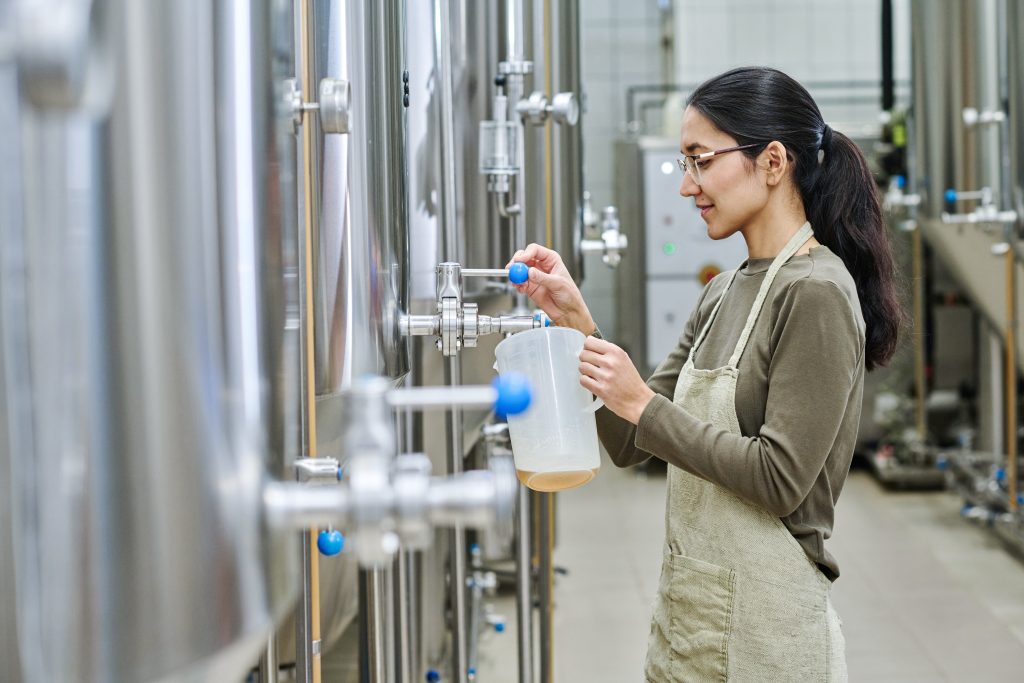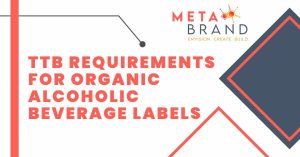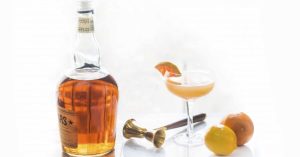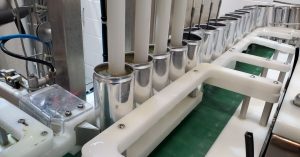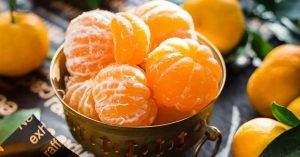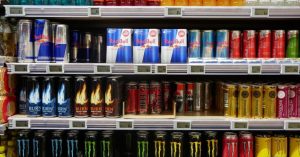Key Highlights
- Defining Your Beverage: Start by pinpointing your ideal drink. Is it a refreshing juice, a performance-enhancing sports drink, or a health-conscious beverage?
- Ingredient Harmony: Selecting the right ingredients is crucial. This includes everything from the base liquid to sweeteners, flavorings, and functional additives.
- The Perfect Recipe: Crafting the beverage formula involves continuous experimentation to achieve the desired taste, texture, and appearance.
- Safety and Compliance: Meeting regulatory requirements and ensuring product stability are non-negotiable aspects of beverage formulation.
- Scaling for Success: Transitioning from small batches to large-scale production requires careful planning and often involves partnering with manufacturers.
Introduction
In the fast-paced beverage industry, a successful product launch starts with a carefully crafted beverage formulation. The journey begins with understanding the detailed process of turning an idea into a refreshing reality.
From thoughtfully selecting ingredients to ensuring regulatory compliance, this guide highlights the key steps involved in creating an exceptional beverage formula.
Understanding the Basics of Beverage Formulation
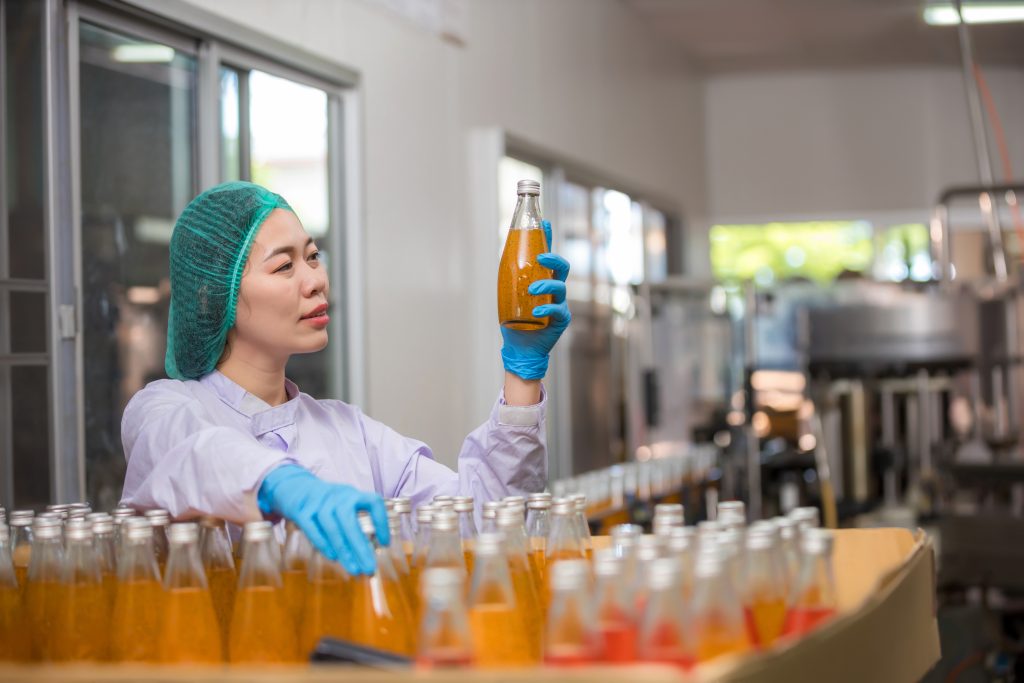
Beverage formulation delves into the art and science of creating a drink that tantalizes taste buds while meeting quality and safety standards. It involves a delicate balance of selecting the right ingredients, understanding their properties, and meticulously combining them to achieve the desired flavor profile, texture, and appearance.
Formulating a beverage goes beyond simply mixing ingredients. It requires careful consideration of factors such as shelf life, product stability, and cost-effectiveness.
By understanding these fundamentals, you can lay a solid foundation for crafting a beverage that not only satisfies consumers but also stands out in a competitive market.
The Importance of a Unique Beverage Concept
Before diving into the intricacies of beverage formulation, it is paramount to establish a strong foundation with a unique beverage concept. Ask yourself: What sets your beverage apart? Who is your target audience?
Conducting thorough market research is essential to identify opportunities and tailor your beverage to consumer preferences.
Understanding your target audience’s demographics, lifestyle, and beverage preferences will provide invaluable insights for shaping your product. Are you targeting health-conscious individuals, athletes, or a broader market?
The answers to these questions will guide you in refining your beverage concept and developing a product that resonates with your intended consumer base.
A unique beverage concept serves as the compass for your formulation journey, ensuring that your product not only satisfies a market need but also captures the attention of consumers amidst a sea of options.
Key Components in Crafting a Beverage Formula
The formulation process involves a deep understanding of key components and their roles in the final product. This includes everything from base liquids, such as water, fruit juices, or teas, to sweeteners, flavorings, and functional additives.
Each component plays a critical role in influencing the beverage’s taste, texture, appearance, and even its stability over time.
Consider the desired sweetness level and explore natural or artificial sweetener options. Flavorings, whether derived from natural sources or artificial, contribute significantly to the overall sensory experience.
Additionally, functional additives like vitamins, minerals, or electrolytes can elevate your beverage by providing added health benefits.
A successful beverage formula harmoniously blends these components, ensuring that each ingredient complements the others while contributing to the desired taste and functionality. This meticulous approach ensures a final product that not only meets but exceeds consumer expectations.
Selecting Ingredients for Your Beverage
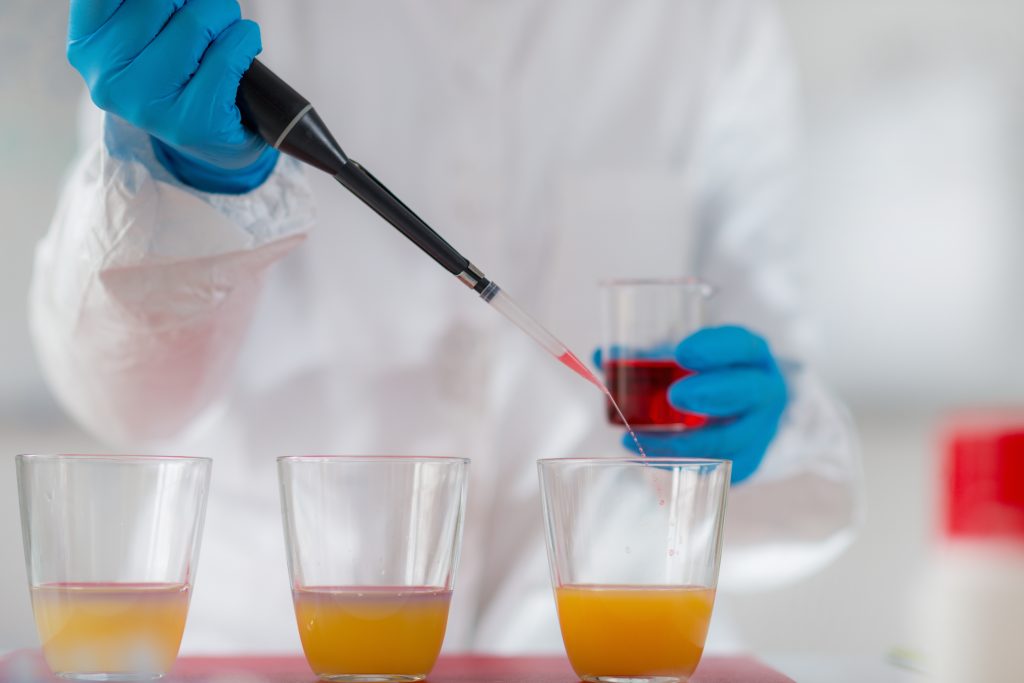
Choosing the right ingredients is paramount to crafting a successful beverage. It’s essential to consider factors like taste, quality, and cost. Will your beverage use natural or artificial sweeteners? Are you aiming for a clean label with recognizable ingredients?
The source of your ingredients can also significantly impact your product’s quality and brand perception. Partnering with reputable suppliers who prioritize ethical sourcing and sustainable practices can elevate your beverage, aligning it with conscious consumer values.
Natural vs. Artificial Ingredients: Pros and Cons
The decision to use natural or artificial ingredients is a crucial one that influences both the perception and the final quality of your beverage. Natural ingredients often align with consumer demand for clean labels and recognizable ingredients, while artificial ingredients can offer cost advantages and consistent flavor profiles.
Natural Ingredients:
- Pros: Perceived as healthier, often associated with fewer processing steps.
- Cons: Can be more expensive, may have variations in taste and color due to seasonal changes.
Artificial Ingredients:
- Pros: Typically more affordable, offer consistent flavor profiles, and contribute to longer shelf life.
- Cons: May not align with consumer desire for natural products.
Ultimately, the choice depends on your target market, budget, and desired functional benefits. A blend of both natural and artificial ingredients is often a strategic approach, allowing you to achieve both a desirable flavor profile and a marketable ingredient list.
Sourcing Ingredients: Quality and Cost Considerations
Sourcing ingredients is a critical aspect of beverage formulation, impacting both the quality of your final product and your cost of goods. Establishing robust quality control measures throughout your supply chain is essential.
Consider these factors when sourcing ingredients:
| Factor | Description |
| Supplier Reputation | Partner with suppliers known for their commitment to quality and ethical practices. |
| Ingredient Traceability | Ensure you can trace the origin of your ingredients back to their source. |
| Certifications | Look for certifications like organic, non-GMO, or fair trade, depending on your brand values. |
| Price Comparison | Source quotes from multiple suppliers to ensure competitive pricing. |
Collaborating with suppliers who understand your commitment to quality and share your brand values is essential for long-term success in the beverage industry.
The Beverage Development Process
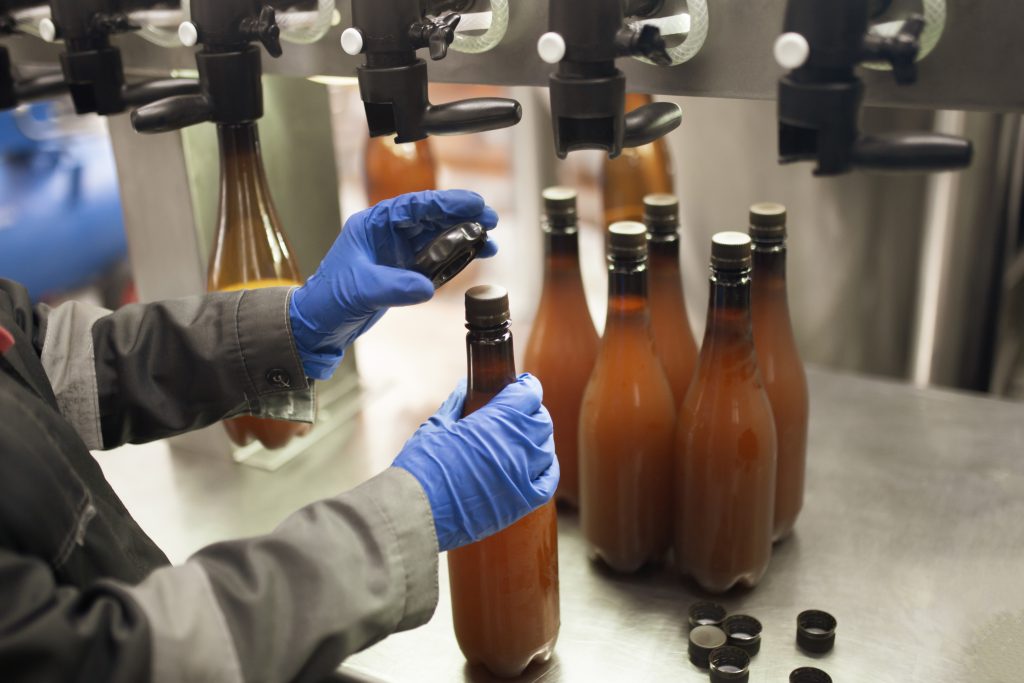
The beverage development process involves a series of carefully orchestrated steps to bring your drink from concept to reality. It’s a journey of experimentation, refinement, and rigorous testing to ensure that your beverage meets both your quality standards and consumer expectations.
This process generally includes creating initial prototypes, conducting taste tests, and refining the formula based on feedback. Partnering with experienced food scientists or beverage consultants can be invaluable during this stage, as their expertise can help streamline development and avoid costly mistakes.
Laboratory Testing and Product Stability
Laboratory testing is a non-negotiable step in the beverage development process. This critical stage helps assess your product’s safety, stability, and shelf life. Microbiological testing ensures your beverage is free from harmful bacteria, while stability testing evaluates its ability to maintain its desired qualities over time.
Shelf-life studies determine the length of time your beverage will remain safe and appealing to consumers under specific storage conditions. This information is crucial for proper labeling and ensuring that customers enjoy your product at its best.
Laboratory testing is an investment that safeguards both your brand’s reputation and the health of your consumers. By adhering to rigorous testing protocols, you demonstrate a commitment to quality and build consumer trust.
Flavor Profiling and Adjustment Techniques
Flavor is king in the beverage industry, and achieving the perfect flavor profile for your target audience is paramount. Flavor profiling involves carefully analyzing the sensory aspects of your beverage, including its aroma, taste, and mouthfeel.
This process often involves trained sensory panels that provide detailed feedback on the beverage’s flavor characteristics.
Adjustments to the formula may be necessary based on sensory evaluation, market trends, or even seasonal variations in ingredients. Sweetness, acidity, and the intensity of specific flavor notes can all be adjusted to achieve the desired balance and complexity.
Mastering flavor profiling and adjustment techniques is an ongoing process that requires a keen understanding of consumer preferences and a commitment to continuous improvement. By fine-tuning your beverage’s flavor profile, you can create a product that keeps customers coming back for more.
Regulatory Compliance and Safety Standards
Navigating the world of food safety regulations is crucial for any beverage company. Understanding labeling requirements, ingredient restrictions, and manufacturing practices is essential to ensure that your product meets all legal standards.
Maintaining meticulous documentation throughout the formulation and production processes is vital. This not only demonstrates compliance but also provides a valuable record in case of audits or quality control checks.
Understanding FDA Regulations for Beverages
In the United States, the Food and Drug Administration (FDA) regulates the production and sale of beverage products, establishing stringent guidelines to protect public health. Familiarizing yourself with these regulations is essential to ensure that your beverage complies with all applicable laws.
The FDA outlines requirements for labeling, including ingredient lists, nutritional information, and allergen statements. Adhering to these guidelines ensures transparency with customers and prevents potential legal issues.
Consulting with regulatory experts or food lawyers can provide valuable guidance, especially for new beverage companies navigating the complex world of FDA compliance.
Ensuring Quality Control and Safety
Maintaining unwavering quality control and safety standards is paramount throughout the entire beverage production process. Implement a robust Hazard Analysis and Critical Control Points (HACCP) plan to identify and mitigate potential risks at every stage, from ingredient sourcing to packaging.
Train your team on best practices for food safety and hygiene. Regularly inspect your production facility and equipment to maintain a clean and sanitary environment that minimizes the risk of contamination.
Prioritizing quality control and safety not only protects your customers but also safeguards your brand’s reputation. By adhering to these best practices, you build trust with consumers and demonstrate your company’s commitment to providing safe and high-quality products.
Scaling Production and Market Introduction

Once your beverage formula is finalized, it’s time to transition from small-scale batches to full-scale production. This exciting phase often involves partnering with a contract manufacturer or investing in your own production facility.
Carefully evaluate your production needs, budget, and logistical considerations to determine the most efficient and cost-effective approach. Market introduction requires a strategic marketing plan that targets your ideal audience and effectively communicates your brand message.
From Pilot Batches to Full-Scale Production
Scaling production from small pilot batches to full-scale manufacturing is a critical milestone. Begin by conducting pilot runs to fine-tune the production process, ensuring the consistency and quality of your beverage remain uncompromised as volumes increase.
Partnering with an experienced contract manufacturer or beverage co-packer can provide valuable expertise and resources during this transition. They can help optimize your production line and ensure that your beverage meets your quality standards at scale.
Effective communication with your production partner is essential throughout the scaling process. By clearly outlining your expectations and specifications, you establish a foundation for a successful partnership and a smooth transition to full-scale production.
Packaging Choices That Align with Your Brand
Packaging plays a pivotal role in attracting consumers and communicating your brand message. Select packaging materials and designs that align with your target audience’s preferences while also considering sustainability factors. Are your customers drawn to sleek glass bottles, convenient cans, or environmentally friendly alternatives?
Your packaging design should visually capture the essence of your brand. Colors, fonts, and imagery should work harmoniously to create a memorable and shelf-appealing presence.
Thoughtfully crafted packaging extends beyond mere aesthetics. It protects the quality of your beverage, conveys essential information, and plays a crucial role in establishing your brand identity in a crowded marketplace.
Cheers!
Crafting a beverage formula requires a blend of creativity and precision. From conceptualization to market introduction, each step plays a crucial role in the success of your beverage.
Understanding the basics of formulation, selecting quality ingredients, complying with regulations, and scaling production are essential for a winning recipe. Whether you opt for natural or artificial ingredients, prioritize product stability and safety.
Remember, the journey from laboratory testing to market shelves demands attention to detail and adherence to standards.
Ready to bring your beverage idea to life? Get in touch with us for expert guidance on crafting a beverage formula that stands out in the market.


